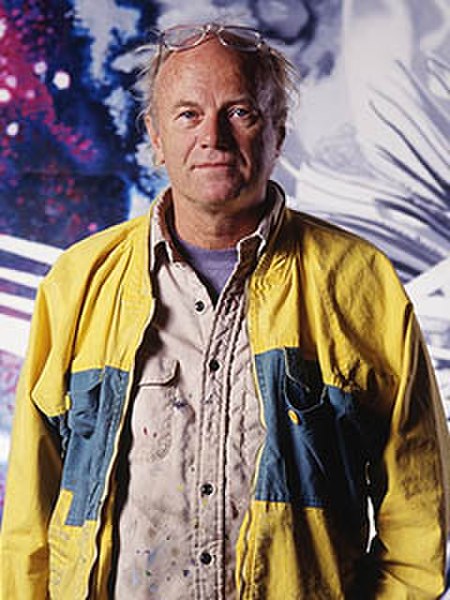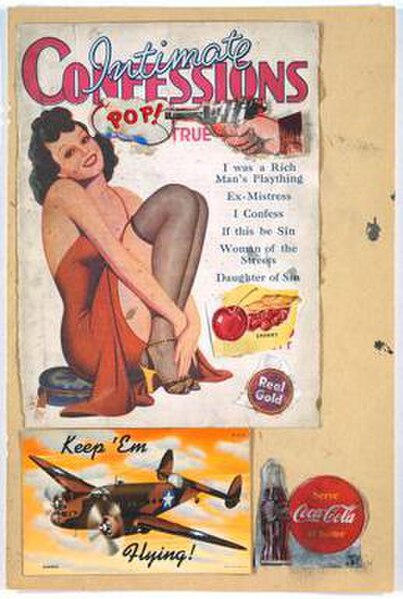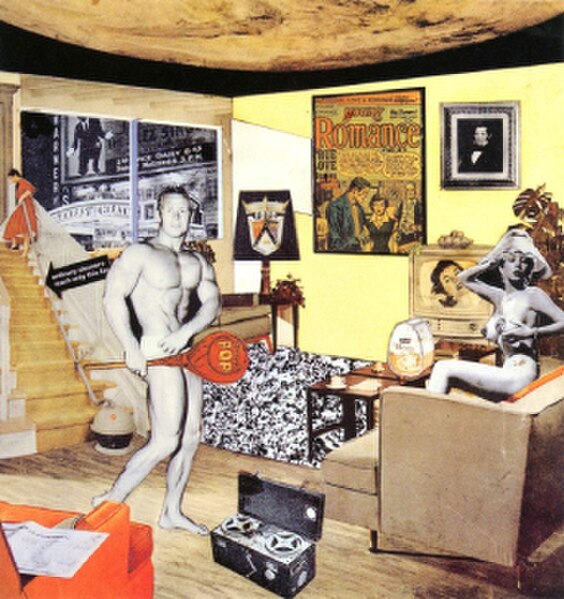James Albert Rosenquist was an American artist and one of the proponents of the pop art movement. Drawing from his background working in sign painting, Rosenquist's pieces often explored the role of advertising and consumer culture in art and society, utilizing techniques he learned making commercial art to depict popular cultural icons and mundane everyday objects. While his works have often been compared to those from other key figures of the pop art movement, such as Andy Warhol and Roy Lichtenstein, Rosenquist's pieces were unique in the way that they often employed elements of surrealism using fragments of advertisements and cultural imagery to emphasize the overwhelming nature of ads. He was a 2001 inductee into the Florida Artists Hall of Fame.
Photo by: Russ Blaise 1988
Bowling Ball Eclipse (1966), Kreeger Museum
Pop art is an art movement that emerged in the United Kingdom and the United States during the mid- to late-1950s. The movement presented a challenge to traditions of fine art by including imagery from popular and mass culture, such as advertising, comic books and mundane mass-produced objects. One of its aims is to use images of popular culture in art, emphasizing the banal or kitschy elements of any culture, most often through the use of irony. It is also associated with the artists' use of mechanical means of reproduction or rendering techniques. In pop art, material is sometimes visually removed from its known context, isolated, or combined with unrelated material.
Eduardo Paolozzi, I was a Rich Man's Plaything (1947). Part of his Bunk! series, this is considered the initial bearer of "pop art" and the first to display the word "pop".
Andy Warhol, Campbell's Tomato Juice Box, 1964. Synthetic polymer paint and silkscreen ink on wood, 10 inches × 19 inches × 9½ inches (25.4 × 48.3 × 24.1 cm), Museum of Modern Art, New York City
Charles Demuth, I Saw the Figure 5 in Gold 1928, collection of the Metropolitan Museum of Art, New York City
Richard Hamilton's collage Just what is it that makes today's homes so different, so appealing? (1956) is one of the earliest works to be considered "pop art".






